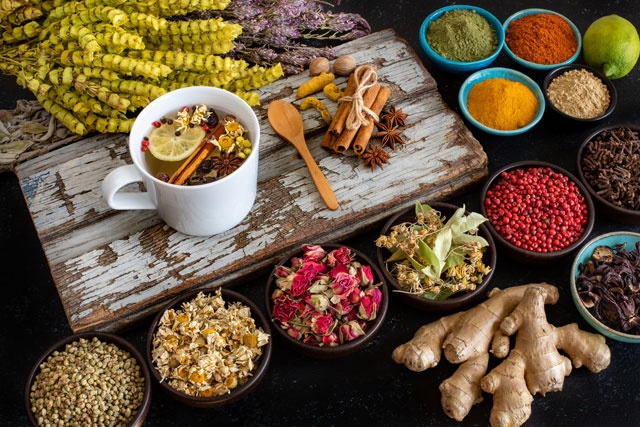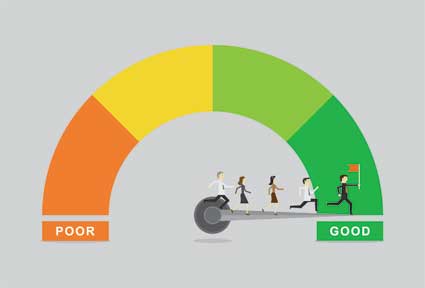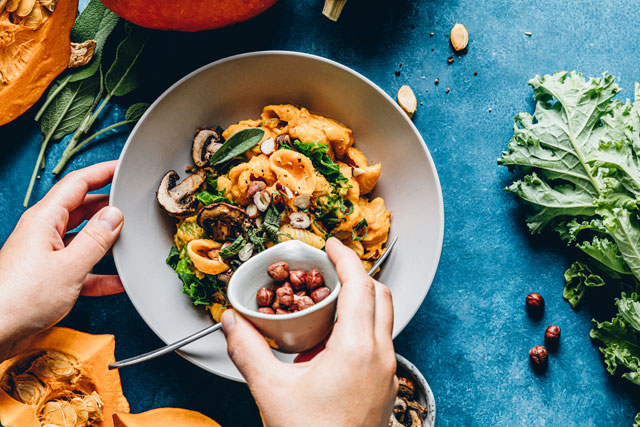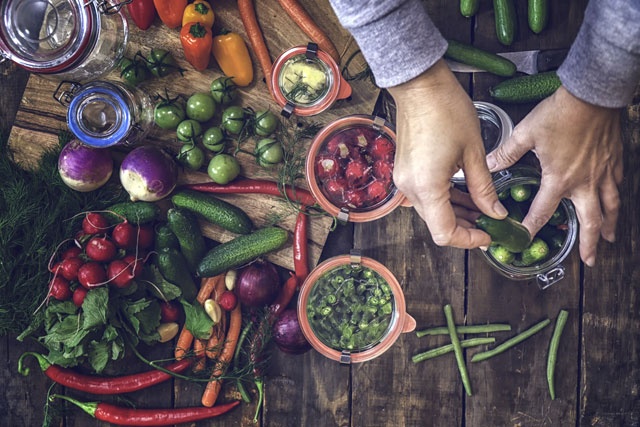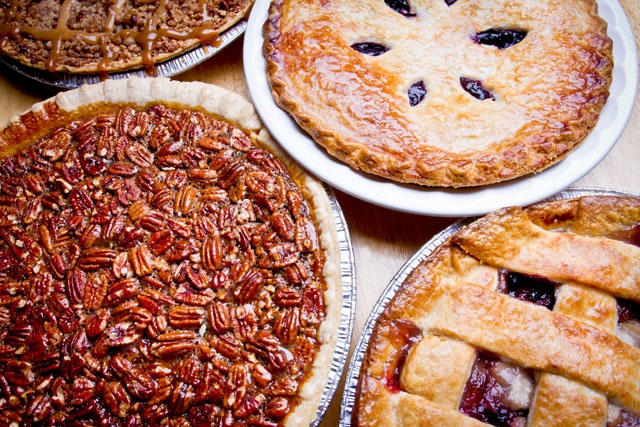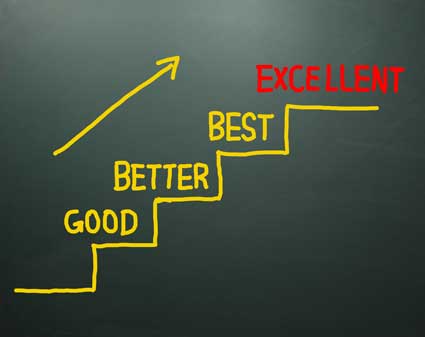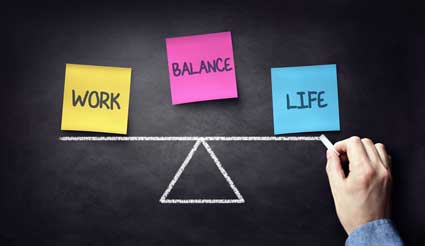If you're still in a contemplative phase when it comes to growing vegetables, you need to know you aren't alone. Even people without green thumbs are thinking about growing food because there are a number of good reasons to do so.
Some of these reasons include:
- Saving money – When you are growing your own vegetables to eat, you will not be heading to the market every day to get your food. This will help you to save money and it can help you even prepare for the months when your garden may not produce the food you eat.
- Health – For many, growing their own vegetables is a way to encourage healthier eating habits. When you have the vegetables in abundance, it's much easier to choose these foods over junk foods that may be available.
- Lower chemical exposure – If you're the one that's growing your own vegetables, you will not be worrying about the chemical exposure to the plants. You can control the pesticides and insecticides and fertilizers in your yard, or you can do without. There are many organic and natural options that can help your vegetables be chemical-free.
- Extra money – When you have a larger amount of land on which to grow, it might be possible for you to make money from the extra vegetables you grow. You may be able to become a part of your local CSA program, which distributes vegetables to members for a monthly fee.
If you're thinking about growing vegetables in your yard, it can help to consider these benefits first as you will be able to make the best decision for you.
You may also come up with additional reasons for growing your own vegetables – to avoid spending money at big name grocery stores, to provide vegetables for other families, etc.
Just as with any major decision, you will want to think about the downsides of growing vegetables in your yard. Though the benefits seem to be tremendous, there are some things to keep in mind as you begin to decide about your farming future.
- Initial investment – Just as with any new endeavor, you will need to spend some money at first to get your vegetable garden started. Though these will only be one-time costs, in some cases, it can become costly if you have to prepare your yard for growing.
- Time consumption – When you want to grow vegetables, you need to watch the garden regularly to monitor water, plant health, etc. For those who don't have a lot of time to spare, there are options to make vegetable growing easier, but for those who want to grow most of their food, the time commitment will be extensive.
- Possible food supply issues – If you decide that you want to grow all of your food in your garden and you have a bad year, you may not have food available. You may be able to just go to the store in that case, but that can be inconvenient and costly.
- Problems with soil – If you live in an area that doesn't have nutrient filled soil, it might take some time to make the soil usable for a garden.
It can help for you to consider the following questions when you are about to start a vegetable garden:
- What supplies do I have available? – Think about the tools, space, etc. that you already have.
- What will I need to buy? –
- What time do I have to spare? – Since you will need to spend a fair amount of time in your garden, especially at first, you will want to think about whether the time commitment is feasible.
- Do I want to learn the basics of gardening? – If you're not willing to learn, the process can become frustrating.
- What help do I have available? – If you're trying to grow just a few vegetables, it can be simple to handle the work on your own, but when you want to have more substantial garden growth, it will help to have people to assist you.
- What space is available? – While you can certainly use a smaller space for just a few vegetables in your garden, it might be a good idea to look at the space you have available and whether you may be able to extend this space in the future.
In this section, you learned about the reasons why you might want to start vegetable gardening, as well as the possible downsides. To decide whether vegetable gardening is for you, you can use the questions listed in the final section.
If you're starting to grow vegetables in your garden, it can help to start off with some of the easier vegetables to grow.
When you're looking for a vegetable (though it's technically a fruit) to put into your first garden, the tomato is often a good choice for new growers. Not only can you find plants at most local gardening and outdoor shops, but you will also find that growing the tomato is easier than it seems.
Most of the time, you can simply put this plant into the ground, water it, make sure it gets enough sun, and it will do just fine without any interference from you.
The garlic plant is easy to grow as well, since the first time you plant it and it grows, it's already prepared for you.
What this means is that when you first grow a garlic plant, it will create a bulb under the soil, and you will want to let it go to seed before pulled it out. The seeds that have been grown can then be planted right back into the ground.
Many of the green leafy vegetables will be easy for you to grow, even if you don't have any experience in the garden. All you need to do is to plant these as starter plants or as seeds, and watch them take over your garden.
As long as you allow some of the plants to go to seed, you will continue to see more spinach in your yard for years to come. This is also the case with kale and other related plants.
Just like the other plants listed in this section, onions can be easily planted and then go to seed in order to grow again the next year.
But what you might want to keep in mind about the idea of things going to seed is that while these plants are easy to grow, they are just as easy to stop from growing if you catch them in time.
What you might not know is that beans have been a vitally important plant in gardens since the beginning of growing. Easy to grow, and coming in a variety of groups, beans can be cooked or dried for later use, helping to make them a staple for families.
Though ease of growing might be something that helps you begin to choose the plants that will end up in your garden, there's something else you may want to consider – your local growing seasons.
These would be the times of year in your area when certain plants are able to grow more easily than in other times of the year. For example, for some areas, tomatoes don't grow until later in the season because they require more water, which may not come until later summer months in some locations.
Before any long-term commitment, it doesn't hurt to do a little planning before you get started. When you're starting to think about vegetable gardening, you can save yourself time and resources by planning out your garden ahead of time.
This process is simple and doesn't require that you have any gardening training.
Find the Right Location
It's clear that when you look at plants, they're telling you how to grow them and where they want to be grown – in sunny places. When a plant is exposed to the sun, it will be able to engage the photosynthesis process.
This is a process in which the sunlight energy will help the plant to produce its own fuel. Without enough sun, the plant will not be able to fuel itself, which then will lead to stunted growth and possibly the death of the plant itself.
When you're growing vegetables, you will want to choose an area that will get a good deal of sunshine during the day. This means you should have around 8 to 10 hours of sunshine during the summer, allowing the plants to be as exposed to the light as possible.
Now, this is not a hard and fast number by which to plan your garden, but the more sunlight your plants can get, the better.
Keep in mind too that the sunlight during the day will continue to grow until about June 20 and then it will begin to fade as the days grow shorter (in the Northern Hemisphere).
To keep track of the hours of sunlight, it can help to start a journal that documents the hours of sun each space in your yard gets. That way, you know for certain if you have picked a good spot.
Create a Large Space
Though you might want to have a smaller garden, it can help for you to create a larger space where the garden will eventually grow. This helps your garden in a number of ways:
- You have room to grow – Because it's often the case that you will want to grow more once you've grown in your garden, it's better to set aside more room than you think you will need. That way, you can expand the next year or the next month, if you like.
- Plants that have gone to seed can reassert themselves – Plants will need space in which to grow. When there is empty soil that can take new seeds, you will be able to see plants continue to reassert themselves in your gardening space.
- You don't have to fight with other plants for the space – Instead of having to rip out more space in your yard when you decide to expand, you can have the space already available.
The more space that you can set aside, the more you will be able to grow. Of course, when you set aside a smaller space because that's all that's available, you can also teach yourself to be as conscious of your space as possible.
One of the things you won't find in many gardening courses is the idea of convenience. While you might learn about choosing simpler plants to grow, if you're not growing in a convenient spot, chances are good you won't go out to your space that often, or often enough to care for it.
A few things are needed to make a spot convenient:
- Close to your home
- Close to a water source
- Close to your gardening equipment
You want to choose a space that is close to your home. If you have to travel for more than a few minutes to get to your space, you may find that you're less likely to head there to check up on your plants.
If possible, try to use a garden space that is close to your hose or to another water source. This will help to ensure that you will water your garden regularly, or that someone you ask to help you will take on the task of watering.





